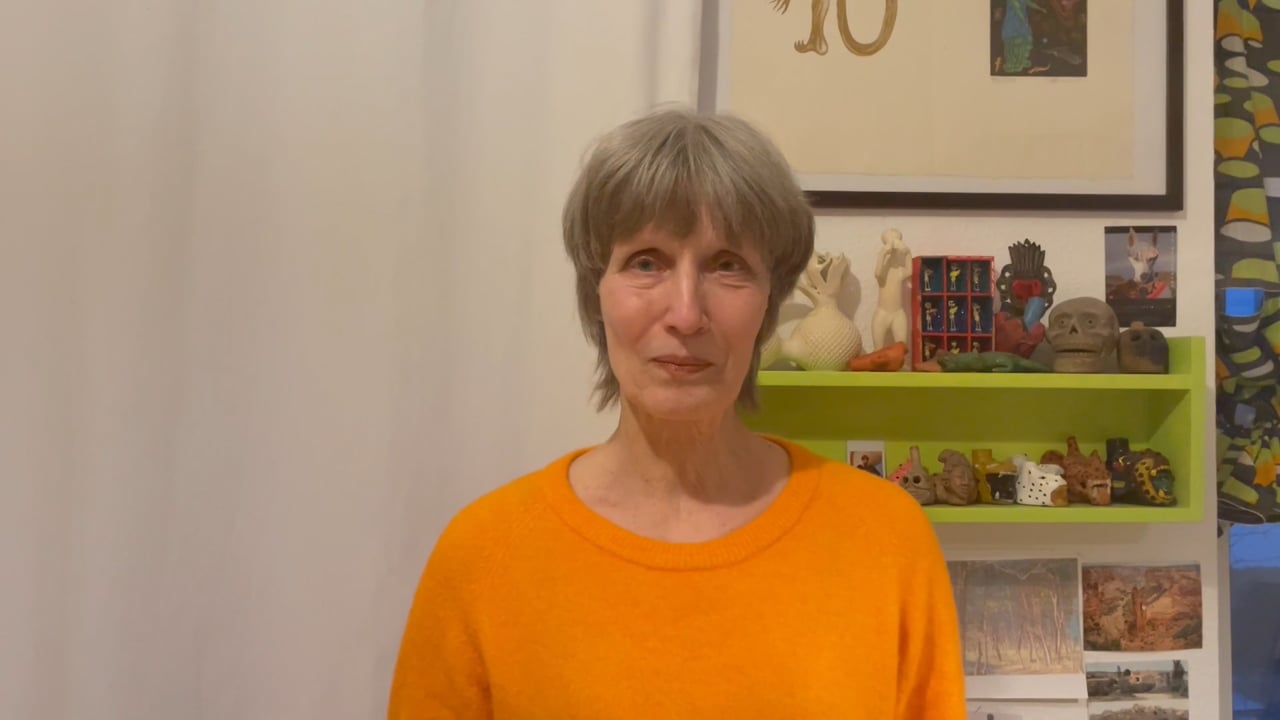“We will enjoy the challenge of questioning our blind spots through improvisation, exploration, and experimentation.”
Ute Wassermann is a German voice artist, composer, performer, and improviser. She grew up by the Baltic Sea in an artistic–scientific milieu that brought her into contact with environmentally relevant topics. At the core of Wassermann’s research is an ongoing and uncompromising exploration of her voice. Her singing style transcends the traditional usage of the human voice, resulting in multidimensional sculptural sounds that oscillate between electronic, animalistic, inorganic, and human qualities. Wassermann takes this to the extreme by creating a visceral sound-space through the use of different types of microphones.
In her 2015 solo album strange songs for voice and birdcalls (TREADER, UK), for example, she embodies a hybrid vocal persona with swirling, trilling, screeching, sighing, breathing, and vocalizing tone-colors. She extends and renders the voice alien by including the use of bird whistles, lo-fi electronics, resonators, field recordings, and everyday objects. Wassermann’s performances create imaginary acoustic habitats in which her chameleon-like voice enters into a collaboration with the voices of other-than-humans as well as sounding from raw materials and objects. “I use my voice as a medium for discovery,” she says.














